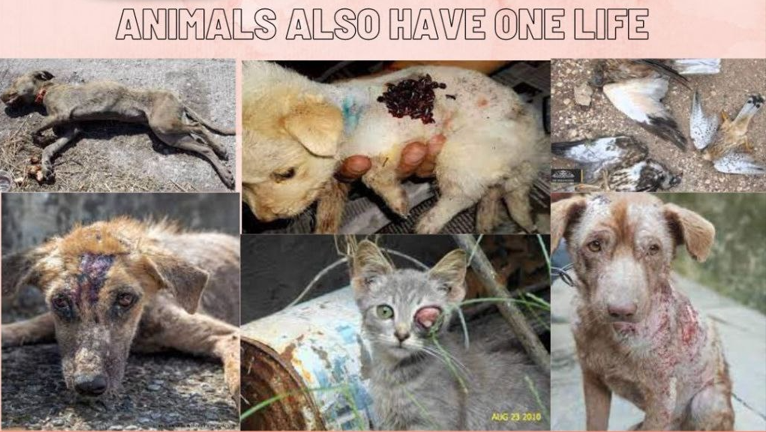Providing first aid to animals and birds can be crucial in saving their lives and preventing further injury. Here are some general tips on how to administer first aid to animals and birds:
-
Assess the situation: Before approaching any animal or bird, make sure it is safe to do so. Check for any dangers, such as traffic or other animals that may pose a threat.
-
Observe the animal's behavior: Take note of any signs of distress, pain, or injuries. Approach the animal slowly and calmly, and avoid making sudden movements or loud noises that could scare it.
-
Call for help: If the animal is severely injured or you are unsure of how to proceed, call your local animal control agency, wildlife rehabilitation center, or a veterinarian for assistance.
-
Provide basic first aid: If you feel confident and safe enough to administer first aid, here are some general tips to follow:
- Keep the animal calm and still: This can help prevent further injuries and reduce stress.
- Control bleeding: Apply pressure to any wounds that are bleeding.
- Splint fractures: If you suspect a broken bone, try to immobilize the affected limb with a splint.
- Provide warmth: Cover the animal with a blanket or towel to help regulate its body temperature.
- Provide water: If the animal is conscious and alert, offer it water to drink.
- Transport the animal safely: Once the animal has been stabilized, transport it to a veterinarian or wildlife rehabilitation center as soon as possible. Place the animal in a secure carrier or box, and make sure it has plenty of ventilation and is not exposed to extreme temperatures.
Remember, providing first aid to animals and birds can be challenging and requires proper training and expertise, and it is important to prioritize your safety and the safety of others around you. If you are unsure of how to proceed or do not feel comfortable providing first aid, seek professional help immediately.
Here are some additional tips on providing first aid to animals and birds:
-
Check for breathing and pulse: If the animal is unconscious, check for breathing and pulse. If there is no breathing or pulse, perform CPR or rescue breathing if you are trained to do so.
-
Handle with care: When handling an injured animal or bird, be gentle and avoid rough movements that could cause further harm. Use gloves or other protective gear if necessary.
-
Be mindful of potential diseases: Some animals and birds may carry diseases that can be transmitted to humans, such as rabies or bird flu. If you are handling an injured wild animal, it is important to take precautions to protect yourself.
-
Avoid giving food or medication: Unless directed by a veterinarian or wildlife rehabilitator, do not give the animal any food or medication. Some substances can be toxic to animals, and giving them the wrong type of food or medication could make their condition worse.
-
Document the situation: If possible, take photos or videos of the injured animal and its surroundings. This can be helpful in identifying the species and providing important information to wildlife rehabilitators or veterinarians.
